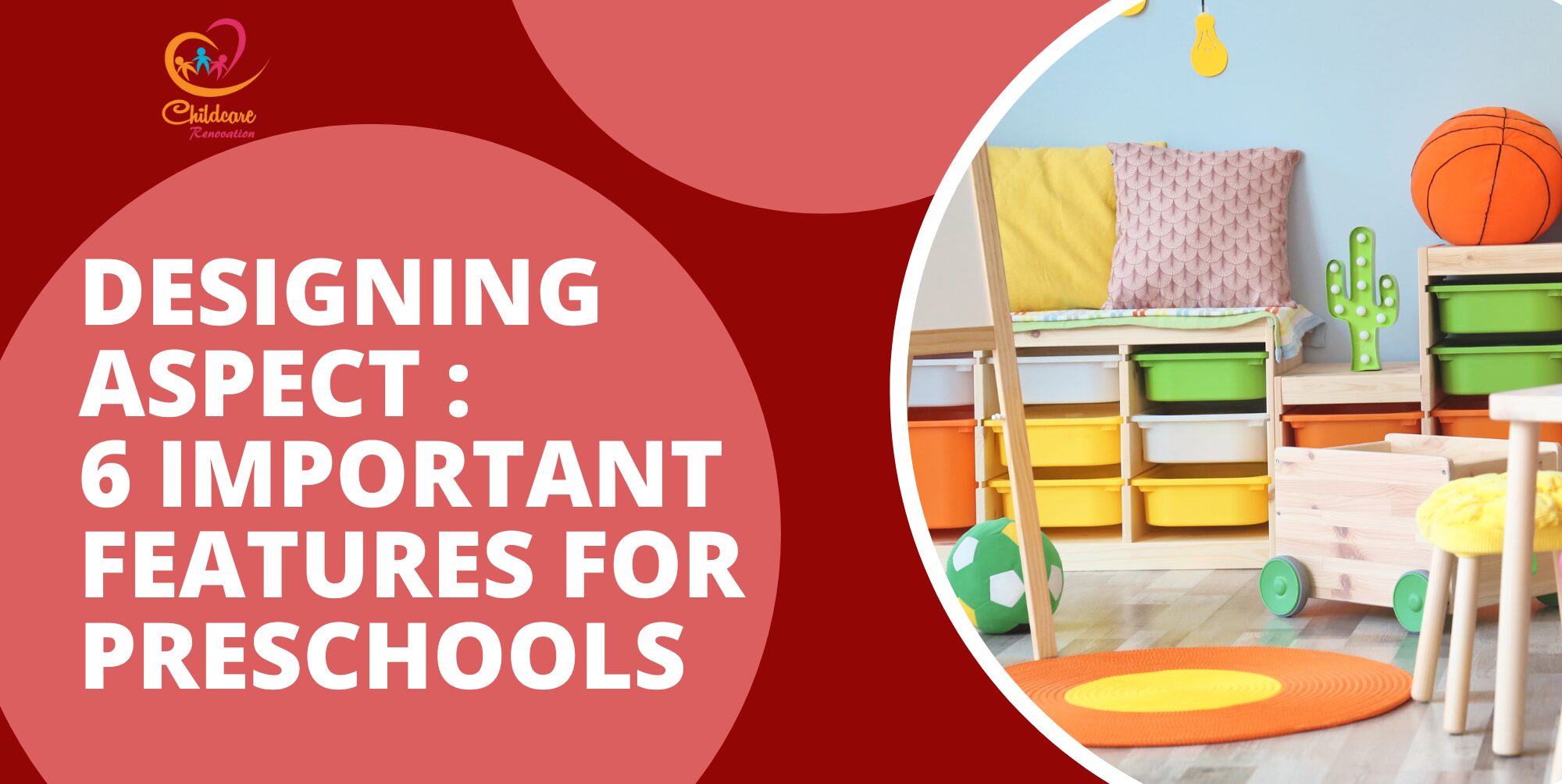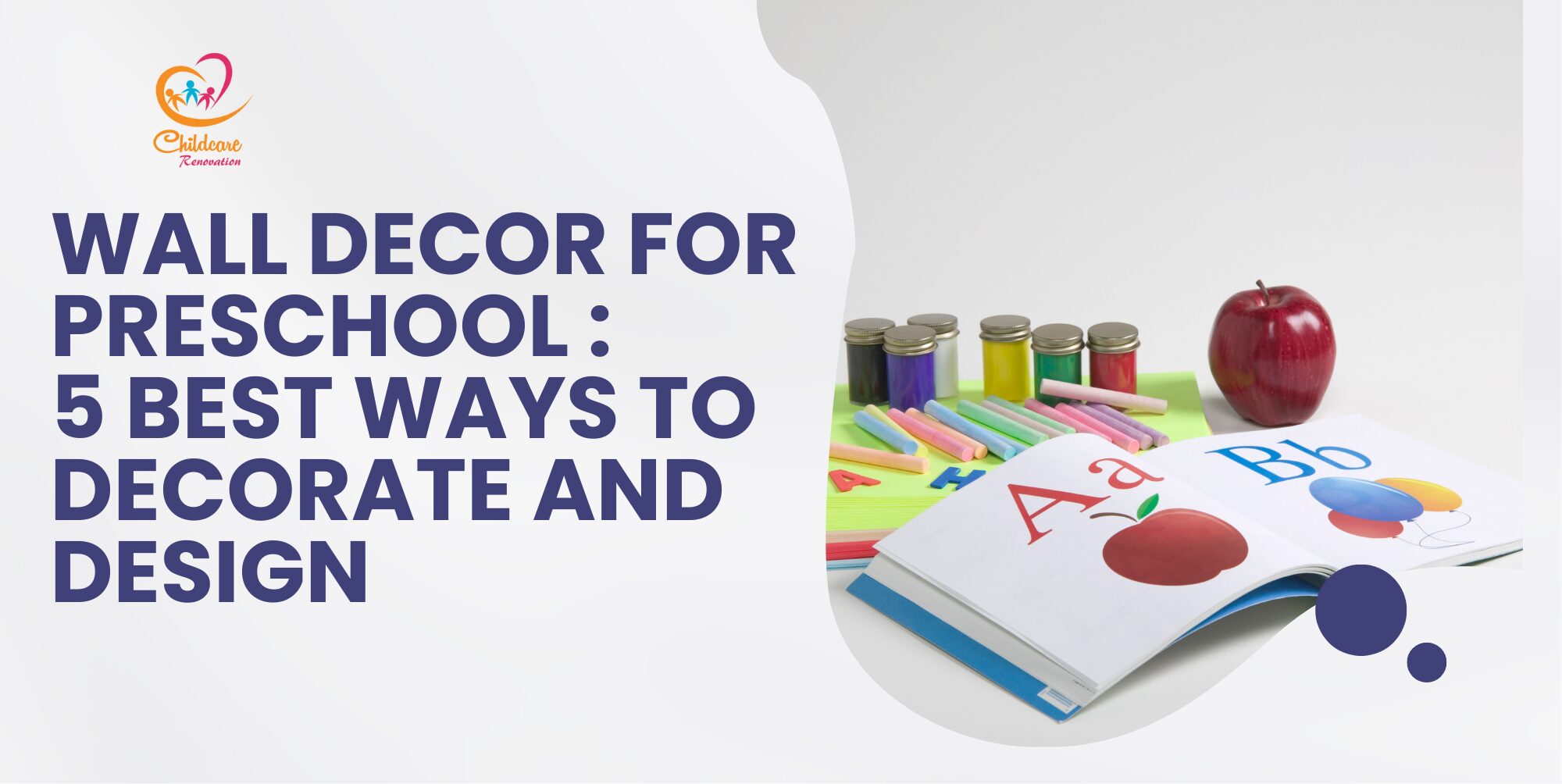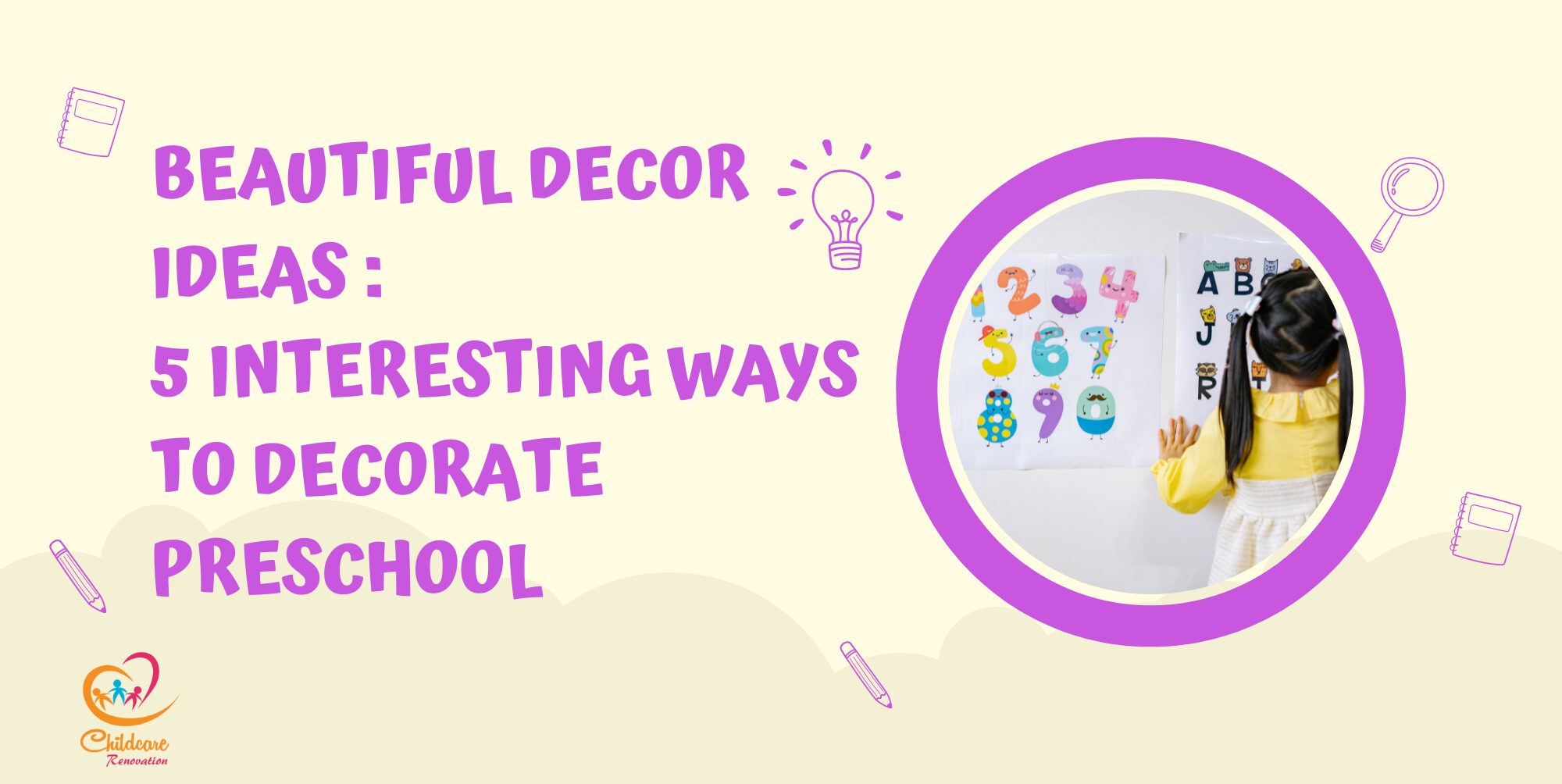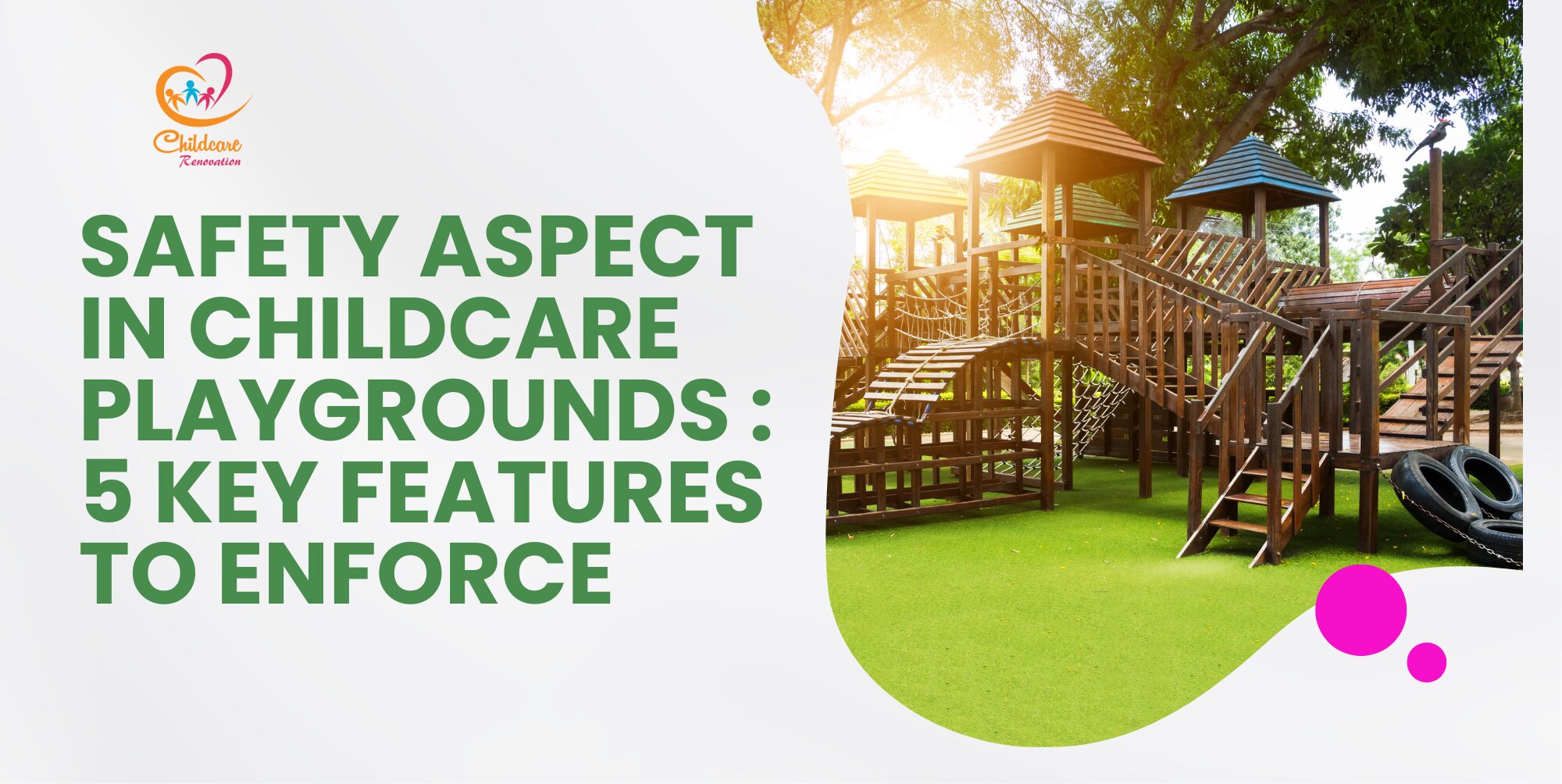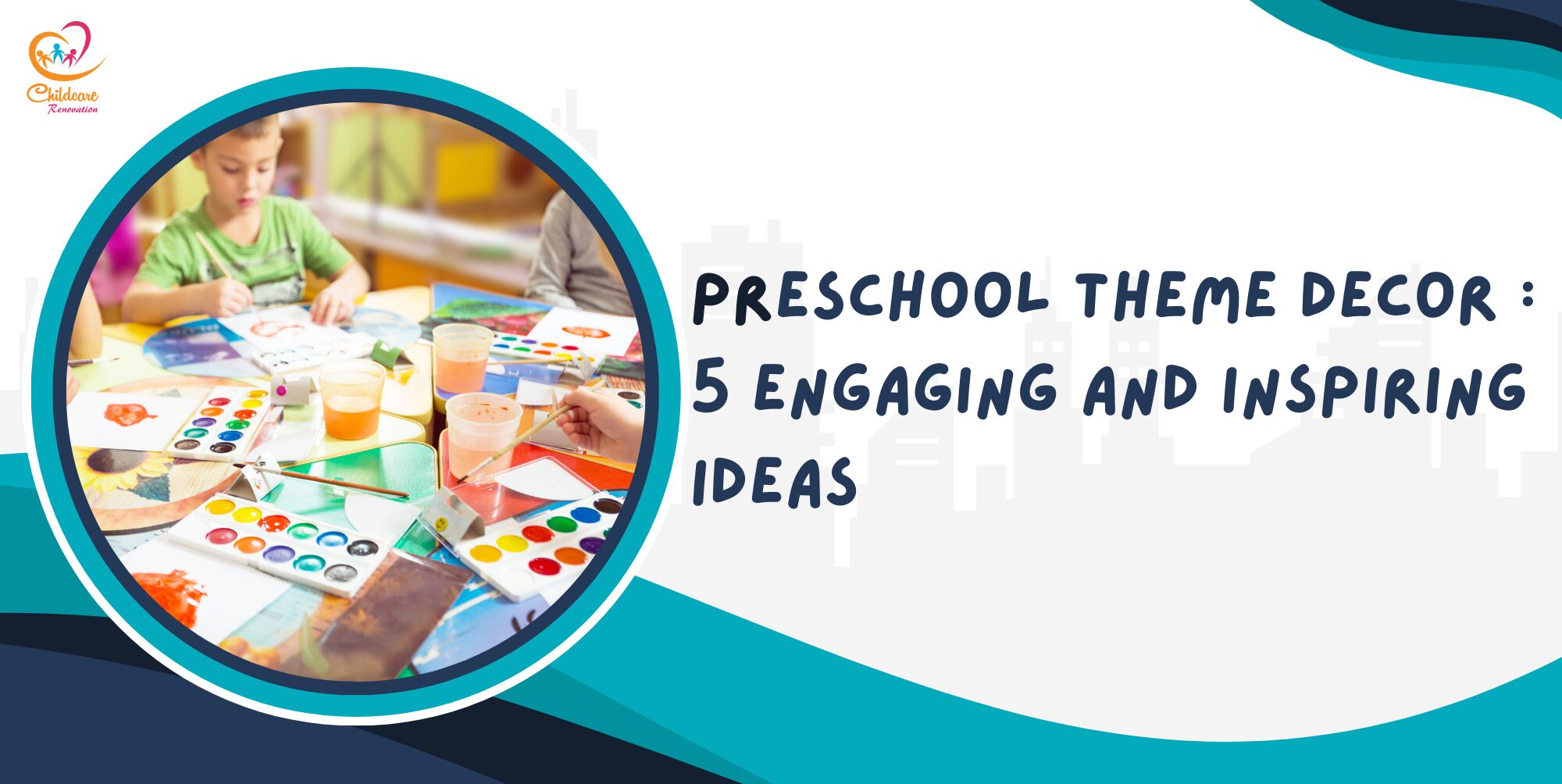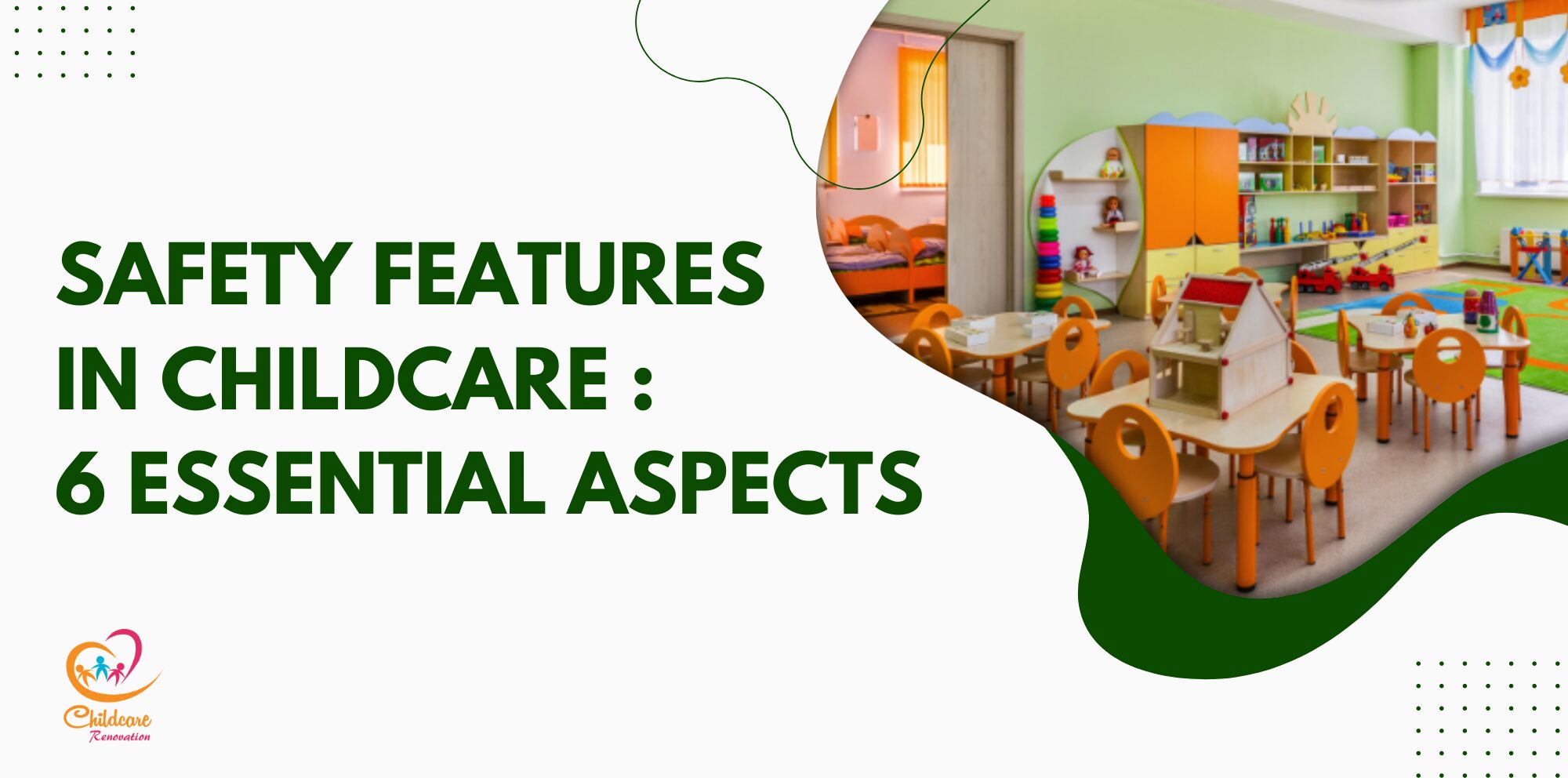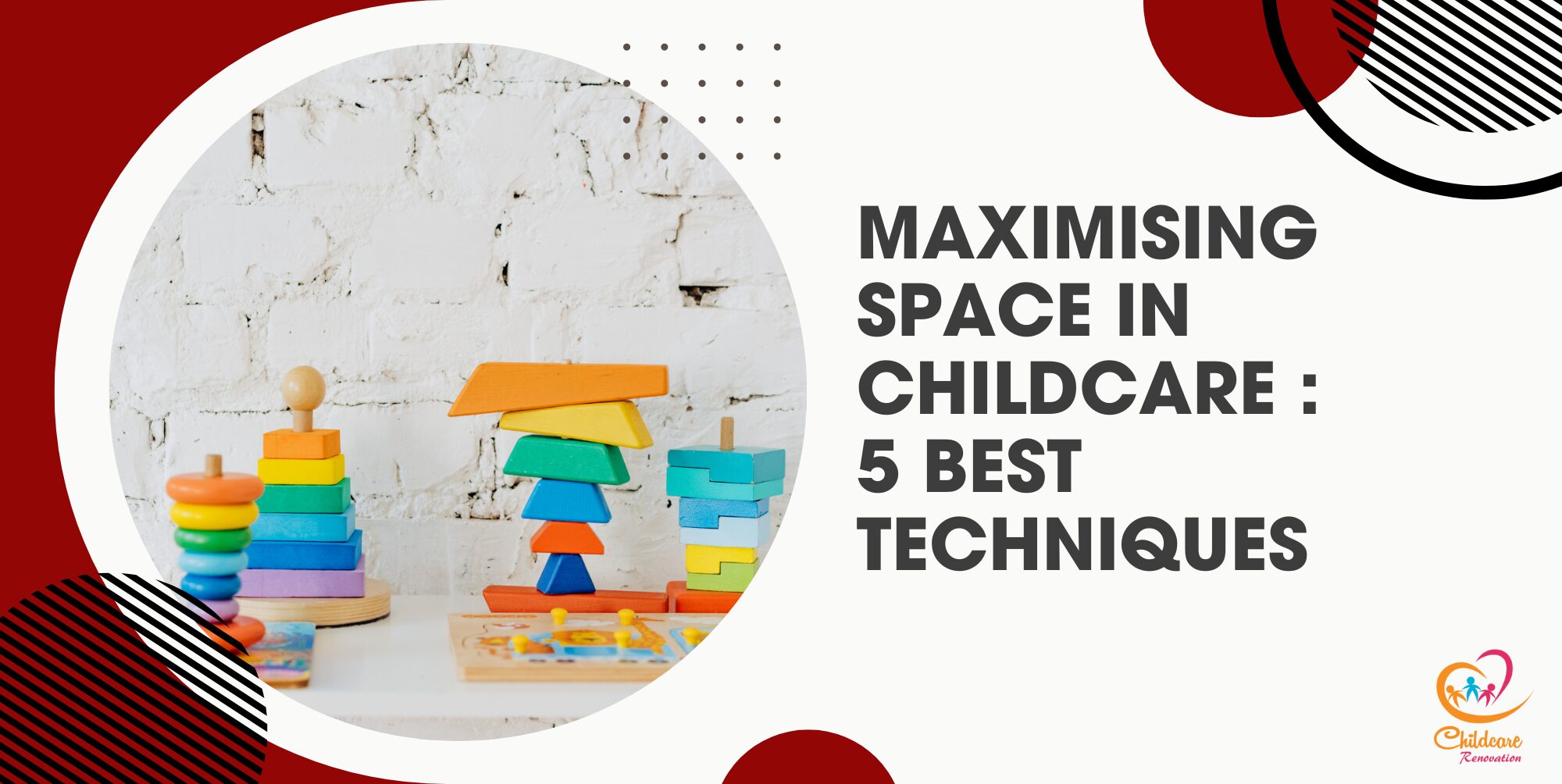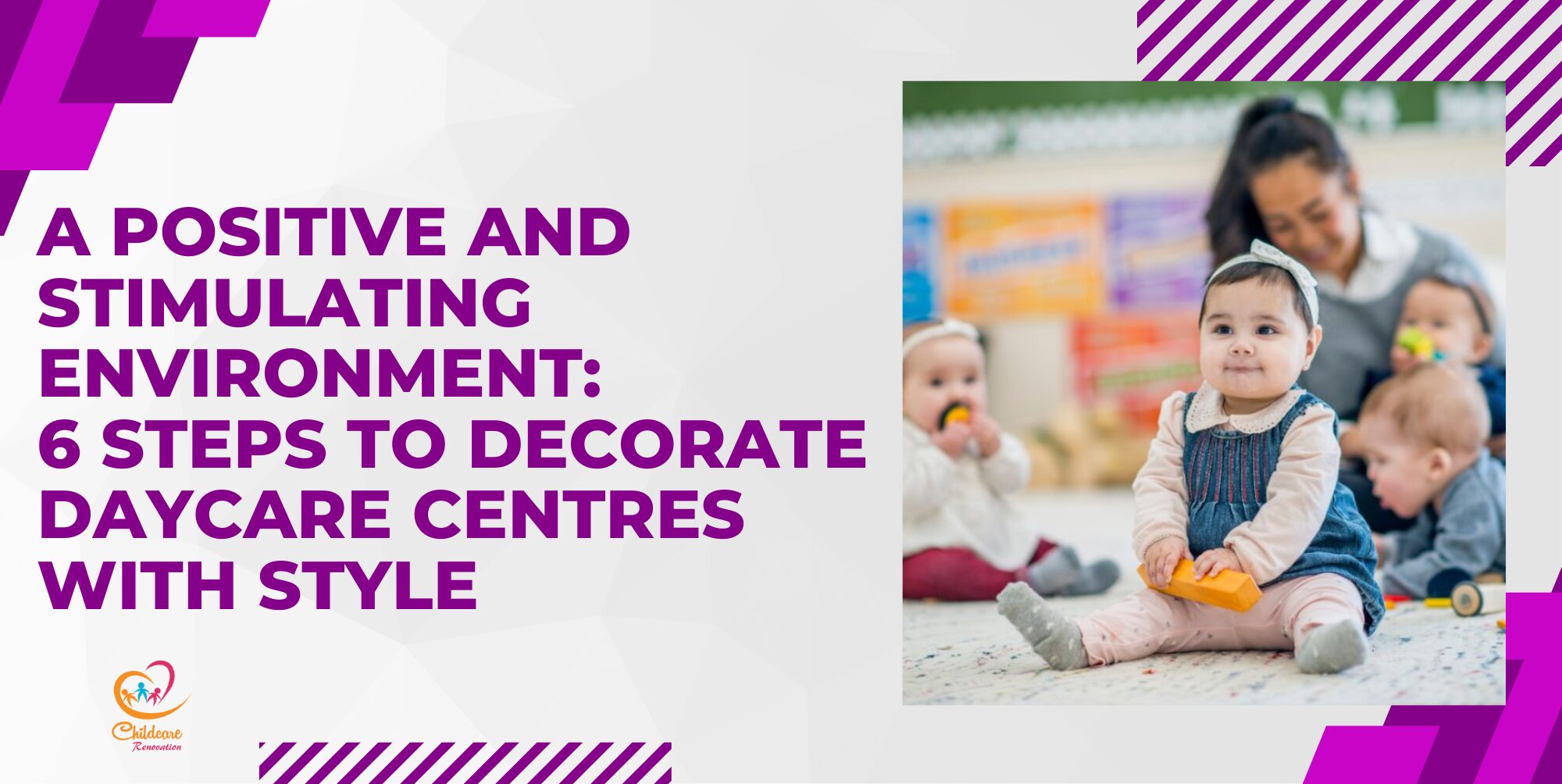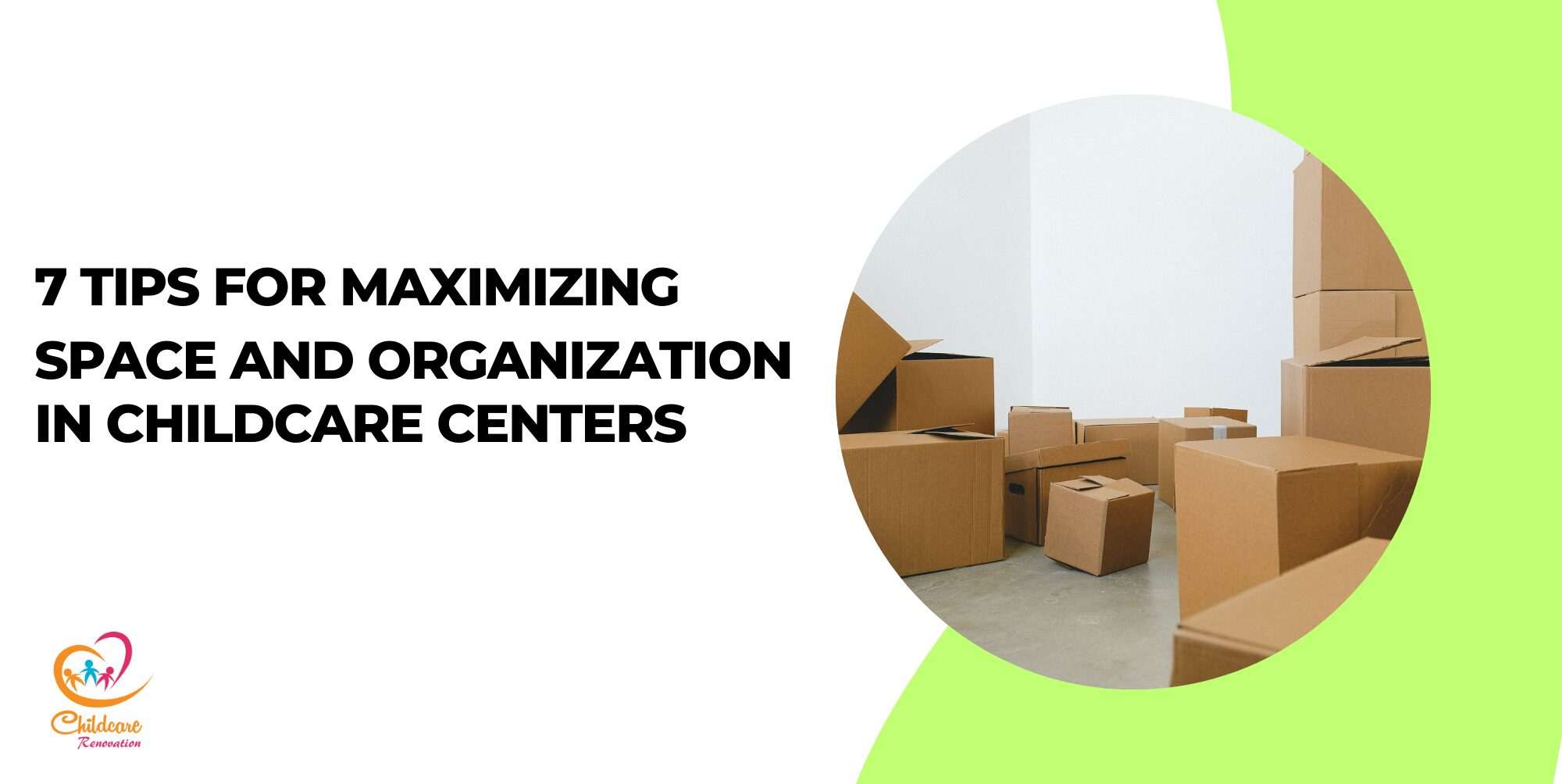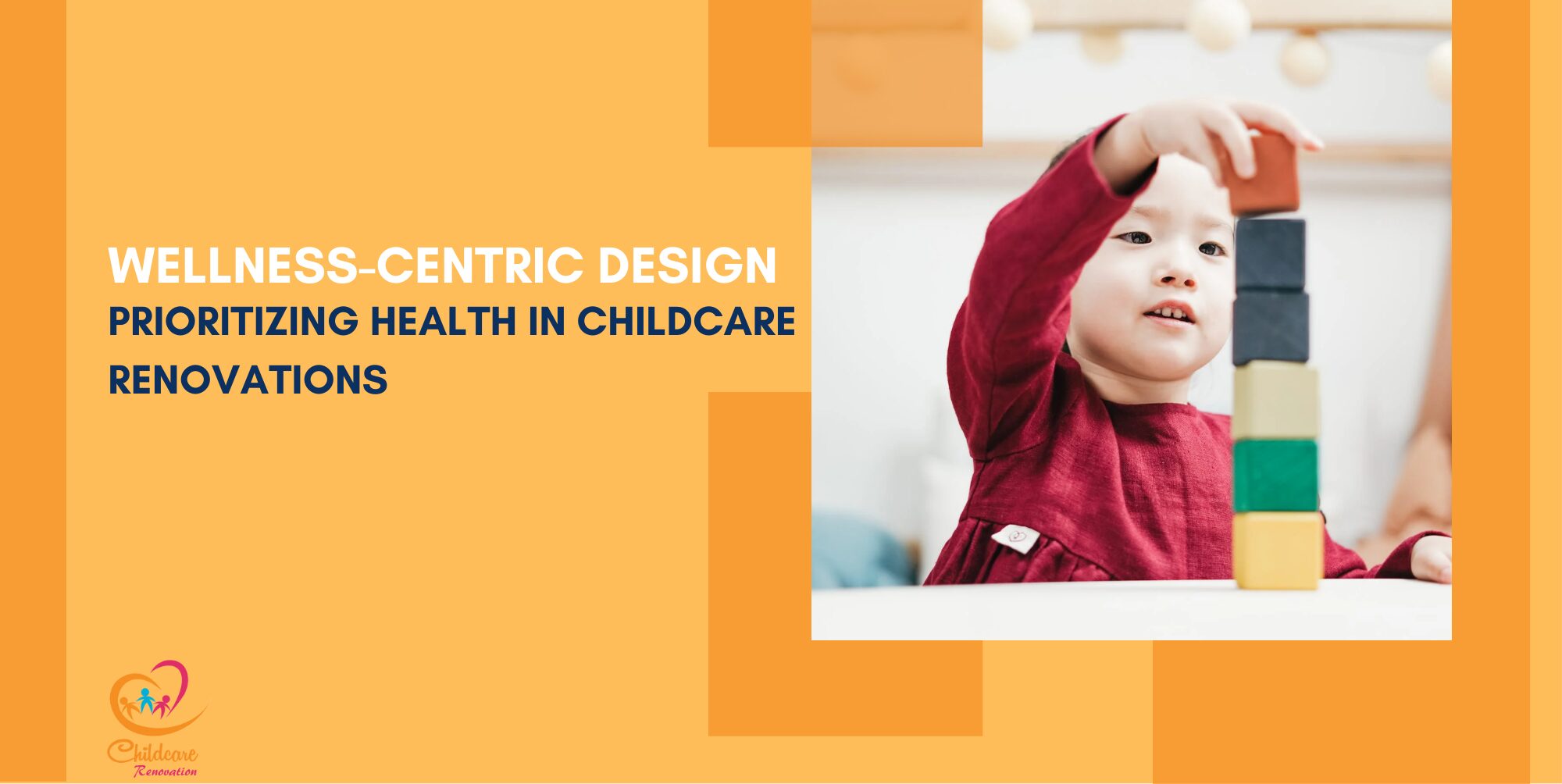Designing aspect when it comes to setting up a preschool establishment is very important. This is due to the fact that preschools tend to be one of the few places young children spend time in to grow and develop. Here are 6 key aspects when designing preschools.
Designing Aspect 1: Age Appropriate Design

Image Credit: Canva
Age-appropriate design is crucial when creating preschool environments, as it directly impacts the safety, comfort, and developmental needs of young children. This design approach involves understanding and incorporating elements that are suitable for preschool-aged children typically between the ages of 2 to 5 years old. In terms of furniture, age-appropriate design means using child-sized tables chairs, and shelves to ensure that everything is accessible and manageable for young children. Furniture should be sturdy with rounded edges and no sharp corners to prevent injuries.
The layout of the preschool should also consider the short attention spans and need for movement that are typical at this age. Spaces should be open and easily navigable, allowing for supervision while also providing areas for exploration and discovery. Additionally, age-appropriate design includes selecting materials and toys that are safe, engaging and developmentally appropriate. These materials should promote sensory exploration, fine and gross motor skills and cognitive development. Overall, age-appropriate design in preschools creates a nurturing and stimulating environment that supports the unique needs and abilities of young children, fostering their growth and development in a safe and enriching setting.
Designing Aspect 2: Accessibility and Ease

Image Credit: Canva
Accessibility is a critical consideration in the design of preschools to ensure that all children, including those with disabilities can fully participate in the learning environment. This involves designing the physical space and amenities to be easily usable by children of all abilities. For instance, preschools should have ramps or elevators for children with mobility impairments, wide doorways to accommodate wheelchairs and accessible restroom facilities. Additionally, furniture and equipment should be designed to be usable by children with different physical abilities such as adjustable tables and chairs.
Inclusive playground equipment should be installed to allow all children to engage in physical play. Visual and auditory cues can also be incorporated into the design to assist children with sensory impairments. Beyond physical accessibility, preschools should also strive to be inclusive in their curriculum and teaching methods, ensuring that all children regardless of ability can participate and learn effectively. By prioritising accessibility in the design of preschools, educators can create an inclusive environment where all children have equal opportunities to learn, play and thrive.
Designing Aspect 3: Ensuring Safety

Image Credit: Canva
Safety is paramount in the design of preschools to protect the well-being of young children who are in a critical stage of development. When designing preschools, it is essential to create a safe environment that minimises the risk of accidents and injuries. This includes using child-friendly materials and furniture with rounded edges and no sharp corners to prevent injuries. Additionally, all furniture and equipment should be securely anchored to prevent tipping. Electrical outlets should be covered and window blinds should have cordless designs to prevent strangulation hazards.
Flooring should be slip-resistant and there should be no tripping hazards such as loose carpets or wires. Adequate lighting should be provided both indoors and outdoors to ensure visibility and prevent accidents. Furthermore, preschools should have clear emergency procedures in place including evacuation plans and first aid kits readily available. Regular safety inspections and maintenance should be conducted to identify and address potential hazards. By prioritising safety in the design of preschools, educators and administrators can create a secure environment where children can learn, explore and grow with peace of mind.
Designing Aspect 4: Stimulating Environment

Image Credit: Canva
Creating a stimulating environment is crucial in the design of preschools as it can greatly impact the learning and development of young children. A stimulating environment should be rich in sensory experiences, providing children with opportunities to engage and explore. This can be achieved through the use of bright colours, engaging artwork and interactive learning centres. Each area of the preschool should be carefully designed to promote different types of play and learning such as reading, art, science and dramatic play.
Materials and toys should be age-appropriate and diverse; therefore, encouraging children to use their imagination and creativity. Natural elements such as plants, rocks and wooden materials can also be incorporated to create a calming and sensory-rich environment. Furthermore, a stimulating environment should be dynamic and ever-changing with regular updates and rotations of materials and activities to keep children engaged and excited about learning. By creating a stimulating environment, preschools can inspire curiosity, creativity and a love for learning in young children; thus, laying a strong foundation for their future development and success.
Designing Aspect 5: Learning Centres

Image Credit: Canva
Learning centres are essential components of a well-designed preschool environment; therefore, providing children with opportunities for hands-on exploration and learning in various areas. These centres are designed to stimulate different aspects of a child’s development, including cognitive, social, emotional and physical skills. Common learning centres found in preschools include reading corners, art stations, science areas, and dramatic play spaces. Each centre should be equipped with age-appropriate materials and activities that encourage exploration and creativity. For example, a reading corner may include a variety of books, comfortable seating, and puppets for storytelling.
An art station may have a variety of art supplies such as paints, crayons, and markers as well as different textures and materials for collage activities. A science area could include magnifying glasses, scales and simple experiments to encourage curiosity and exploration. Dramatic play spaces can be set up as kitchens, hospitals or construction sites, allowing children to role-play and engage in imaginative play. By incorporating diverse and engaging learning centres, preschools can provide children with a well-rounded and stimulating environment that promotes holistic development.
Designing Aspect 6: Flexibility

Image Credit: Canva
Flexibility is a key consideration when designing preschools, as it allows the space to adapt to the changing needs of children and educators. A flexible environment enables different types of activities to take place simultaneously and can accommodate various group sizes and learning styles. One way to achieve flexibility is through the use of movable furniture and partitions that can be easily rearranged to create different learning areas. For example, tables and chairs on wheels can be quickly reconfigured for small group activities or combined to form larger workspaces for group projects.
Flexible design also involves creating multipurpose spaces that can serve different functions throughout the day. For instance, a common area could be used for group activities, meals, and performances; thus, providing a versatile space that can be adapted as needed. Additionally, flexible design allows for the integration of technology and other tools that support different learning modalities such as interactive whiteboards or audiovisual equipment. By prioritising flexibility in the design of preschools, educators can create dynamic and adaptable environments that support diverse teaching and learning approaches; ultimately, enhancing the overall educational experience for young children.
Speak with The Experts
Planning to get started at your kindergarten but have no idea about it?
Childcare Center Renovation Singapore is a reliable company for renovation and interior design. They have about ten years of experience in this field and have a good reputation among customers.
Call us now to get your desired kindergarten design ideas now!

